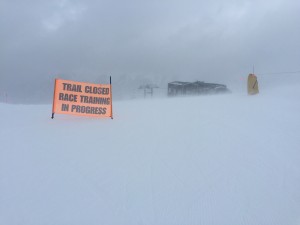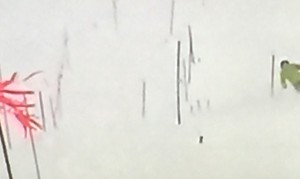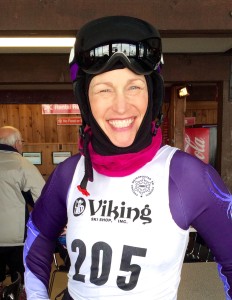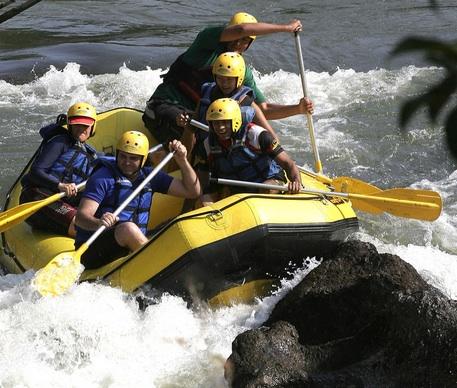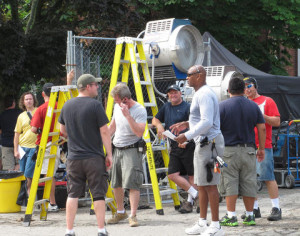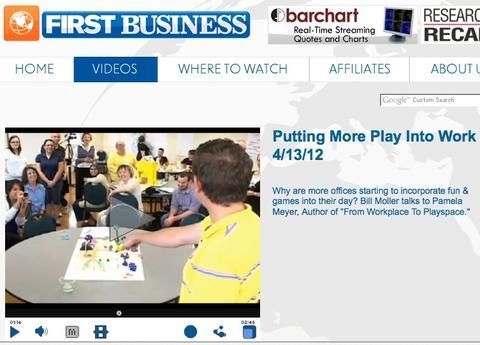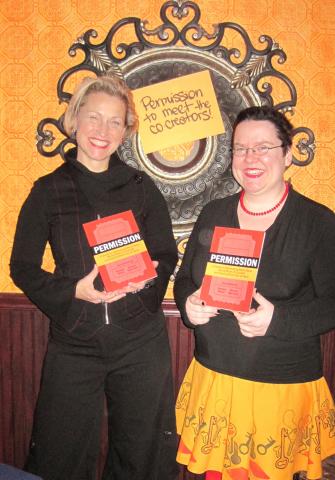Reposted with Permission From the October 10, 2016 IBM Social Business Spotlight Blog by Pamela Meyer
While major corporations such as AT&T are recognizing the need to create a more agile workforce1, most continue to rely on strategies designed for the mythical stable, knowable future. Whether you are leading or a member of a software development team, developing and executing your company’s sales and marketing strategy, or working in any number of high-stakes, rapidly changing contexts, you know that your success in the moment is likely not going to be based on the finer points of your strategic plan, or even the day’s to-do list. It is also nearly certain that when the unexpected hits, your success is not going to come from something you learned in business school or other formal training program.

Despite evidence that up to 90 percent of executive action is ad hoc2, most training programs and businesses are doing a dismal job preparing their workforce to be effective in an increasingly VUCA (Volatile, Uncertain, Complex, Ambiguous) environment. Two outdated approaches are impeding organizations’ ability to create a more agile workforce, and in turn—your ability to help yourself and your team be more agile:
1) Most business school and workplace learning approaches disproportionately focus on aspects of the business that (in theory) can be controlled, which leads to an overemphasis on planning and analysis, and role-specific skill and knowledge development.
2) Most approaches to workplace learning, whether delivered at the university or at the workplace itself, are based on the assumption that information shared and skills developed in the classroom (on-ground or virtual) will be readily transferred to the complex and uncertain environment of the workplace and world of business.
The problem with these assumptions is borne out by the disheartening 10 percent of learning transfer from training room to the workplace3. Why the low transfer rates? Most learning approaches do not take into account the level of complexity required to access and translate prior learning and apply it in new and often unfamiliar contexts, let alone create opportunities for learners to develop their agility competence, capacity and confidence.
Developing the Agile Team
If you truly want to develop your and your team’s overall agility, rather than teaching new skills and knowledge with the assumption they will be applied in a known, stable context, you must seek and provide opportunities to experience situations that demand adaptive responses. This means experiences where you and your team not only need to find and frame the issue or opportunity, but also to then generate novel approaches using available resources. I am not talking about canned training activities where you work to solve a pre-defined problem (solve a puzzle, build a tower, etc.), but ill-defined, high-stakes scenarios and activities with real or almost-real-life consequences.
Such activities, whether experienced in the safety of formal training or encountered on the job, also help team members develop their capacity for learning agility. In recent years researchers have identified learning agility as the single most critical success factor for long-term career success, as well as for organizational results. Defined variously as the ability to “learn and adapt in changing contexts,”4 and “the willingness and ability to learn from experience, and subsequently apply that learning to perform successfully under new or first-time conditions,”5 learning agility is the key to success when things don’t go as planned and when new, unexpected opportunities arise. In other words, learning agility is the key to business success.
Learning-agile people and teams are better able to adapt when asked to switch roles, work in a new culture, expand the scope or complexity of their responsibilities, lead a new initiative, learn lessons from experience after a set-back and use them to guide their future success, and innovate with limited resources.
Critical Success Factors: Intentionality and Responsibility
When you make your own and your team’s agility your top priority, you must make opportunities to develop learning agility the core of your talent development and management strategies. This responsibility is not something to pass off to your HR department or Training and Development Team. In an agile organization, everyone is a learning leader. Those formally charged with people development in your organization, if you are lucky enough to have them, can be excellent partners for you, and ultimately, you are responsible for developing your own and your team’s agility capability.
In practice, this means being intentional in your agile practices and taking responsibility for your own learning, while encouraging your team members to do the same. Here are just a few best practices that companies I work with are adopting with excellent results:
- Seek out and provide new and unfamiliar opportunities that require new learning, innovation and adaptation.
- Practice high stakes “What, if . . .” scenarios that require your team to rapidly come up with alternative strategies and resources, in order to maintain business operations in the midst of a disruption or quickly capitalize on a new opportunity.
- Intentionally expand, diversify and strengthen your Relational Web of skills, knowledge, talent and resources so that you have access to them when the unexpected happens.
Taking the time to be intentional and responsible for agility and to develop learning agility is well worth the investment. Studies show that adopting best practices such as these, as well as others borrowed from agile project teams, can increase your productivity as much as 38 percent.6 Even if you and your team realized a only fraction of these results, wouldn’t it be worth it?
1. Hardy, Q. (February 13, 2016) “Gearing Up for the Cloud, AT&T Tells Its Workers: Adapt, or Else.” New York Times.
2. Mintzberg, H. (1973) The nature of managerial work. New York: Harper & Row.; Moorman, C., & Miner, A. S. (1998) The convergence of planning and execution: Improvisation in new product development. Journal of Marketing, 62(3), 1—20.
3. Brinkerhoff, R. O. (2005) The Success Case Method: A Strategic Evaluation Approach to Increasing the Value and Effect of Training. Advances in Developing Human Resources, 7(1), 86-101. doi:10.1177/1523422304272172
4. Mitchinson, A., & Morris, R. (2012) Learning about learning agility.
5. Lombardo, M. M., & Eichinger, R. W. (2000). High potentials as high learners. Human Resource Management, 39, 321-330.
6. Salesforce.com. (2010) White Paper: Transforming your organization to agile.

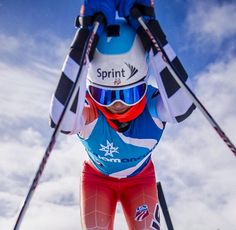 or experiment with. I noticed that this level of intentionality made a huge difference in my progress. The same carries over into our life and work practices. Set a new intention for agility as you walk into your next client meeting, idea generation session or learning experience, and see how much more effective you are.
or experiment with. I noticed that this level of intentionality made a huge difference in my progress. The same carries over into our life and work practices. Set a new intention for agility as you walk into your next client meeting, idea generation session or learning experience, and see how much more effective you are.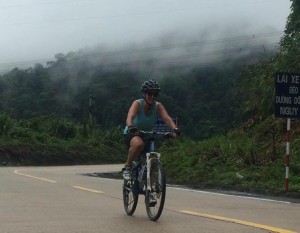
 during my racing camp, or use any number of apps, such as
during my racing camp, or use any number of apps, such as 



